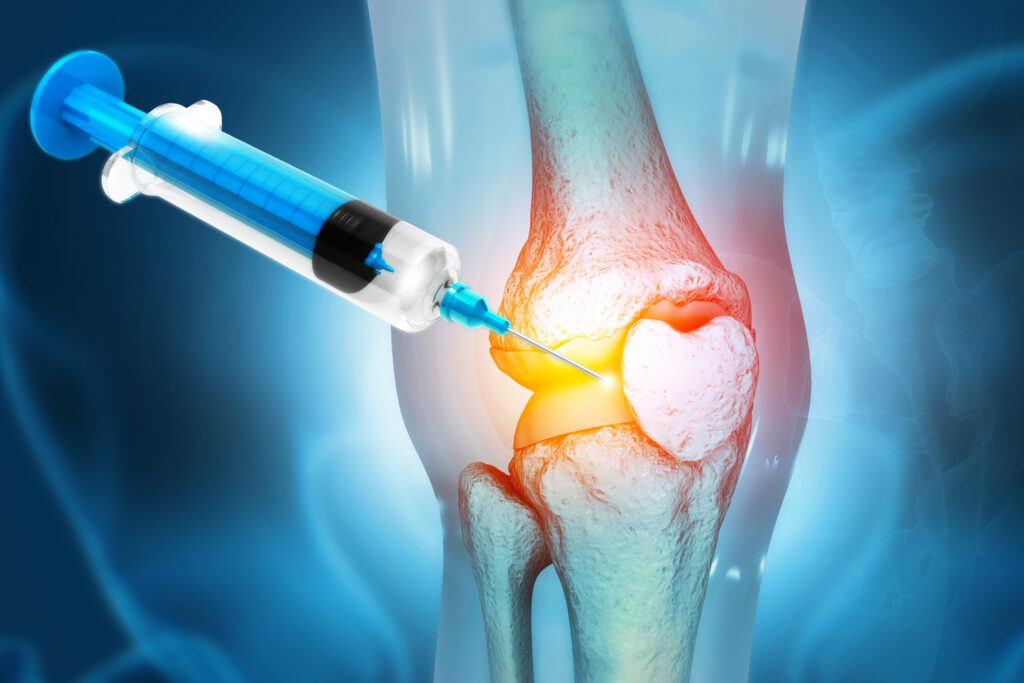The recent study conducted by Ilaria Arciero, Silvia Buonvino, and Sonia Melino, published in a prominent scientific journal, delves into the effects of a hydrogen sulfide (H2S) slow-releasing donor known as GSGa, a glutathione-conjugate water-soluble garlic extract, on human mesenchymal stem cells (hMSCs). This research offers promising insights into potential therapeutic applications for osteoarthritis (OA), a degenerative joint disease that significantly impacts the quality of life of millions worldwide.
The investigation was comprehensive, focusing on both bidimensional (2D) and three-dimensional (3D) culture systems. The study found that GSGa administration led to an increase in the expression of the antioxidant enzyme heme oxygenase-1 (HO-1) while simultaneously decreasing the levels of the pro-inflammatory cytokine interleukin-6 (IL-6). This dual action suggests that the use of H2S donors like GSGa could enhance the body’s antioxidant defenses and mitigate inflammation, both critical factors in the progression of osteoarthritis.
Interestingly, the study highlights a nuanced aspect of stem cell differentiation. In 2D cultures, GSGa was effective in promoting the osteogenic differentiation of bone marrow mesenchymal stem cells (BMSCs) but did not have the same effect on cardiac mesenchymal stem cells (cMSCs). This indicates that the response to H2S donors is not uniform across different types of mesenchymal stem cells, emphasizing that the tissue of origin plays a crucial role in their sensitivity to chemical factors.
Further advancing the field, the researchers developed a 3D-printable mesenchymal stem cells-bone matrix array (MSCBM). This innovative tool was designed to closely mimic the stiffness of bone tissue, providing a versatile platform for evaluating the impacts of drugs and stem cells on bone repair, particularly in chronic conditions such as OA. The study demonstrated that in a 3D environment, simply simulating bone stiffness could induce osteogenic differentiation in cMSCs. This finding opens up new avenues for understanding how mechanical properties of the environment affect stem cell behavior and differentiation.
The expression of key osteogenic markers such as osteocalcin and RUNX2, alongside antioxidant enzymes, was also assessed after treating MSCs with GSGa and/or increasing the stiffness of the culture environment. The ability to customize the 3D array for specific shapes and stiffness levels could enable a more accurate replication of bone defects, enhancing the relevance of research findings to clinical scenarios.
Overall, this study paves the way for a rapid screening of antioxidant and anti-inflammatory compounds, fostering a more personalized approach to regenerative therapy. The implications of these findings are vast, offering hope for improved treatments for osteoarthritis and potentially other degenerative diseases by leveraging the unique properties of mesenchymal stem cells in tailored environments. The research spearheaded by Arciero, Buonvino, and Melino not only contributes to our understanding of stem cell biology but also sets the stage for innovative therapeutic strategies in regenerative medicine.


